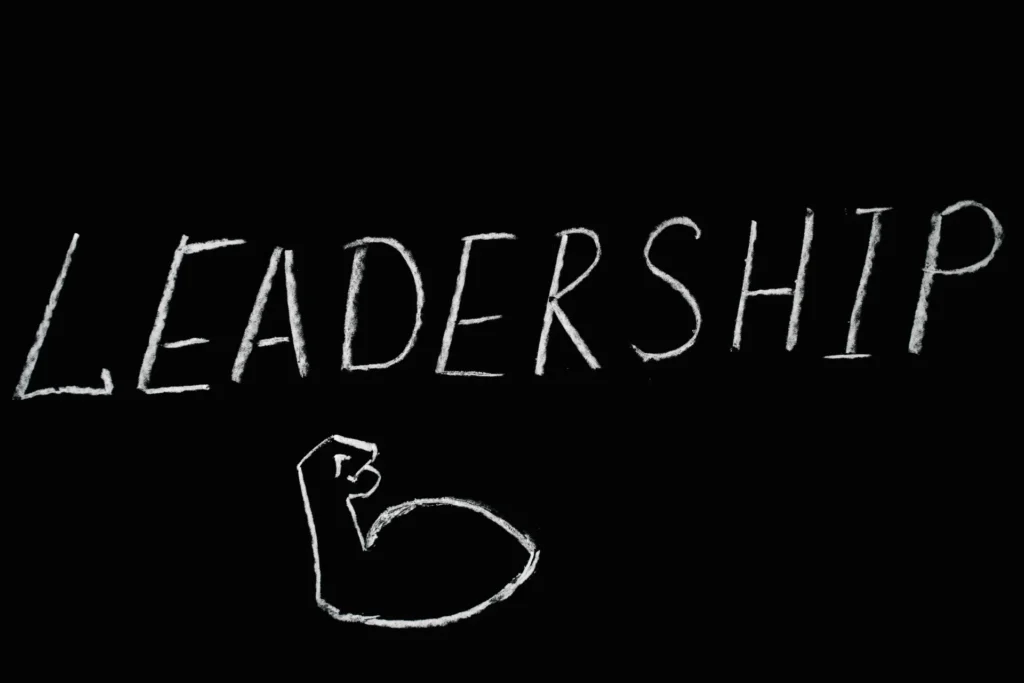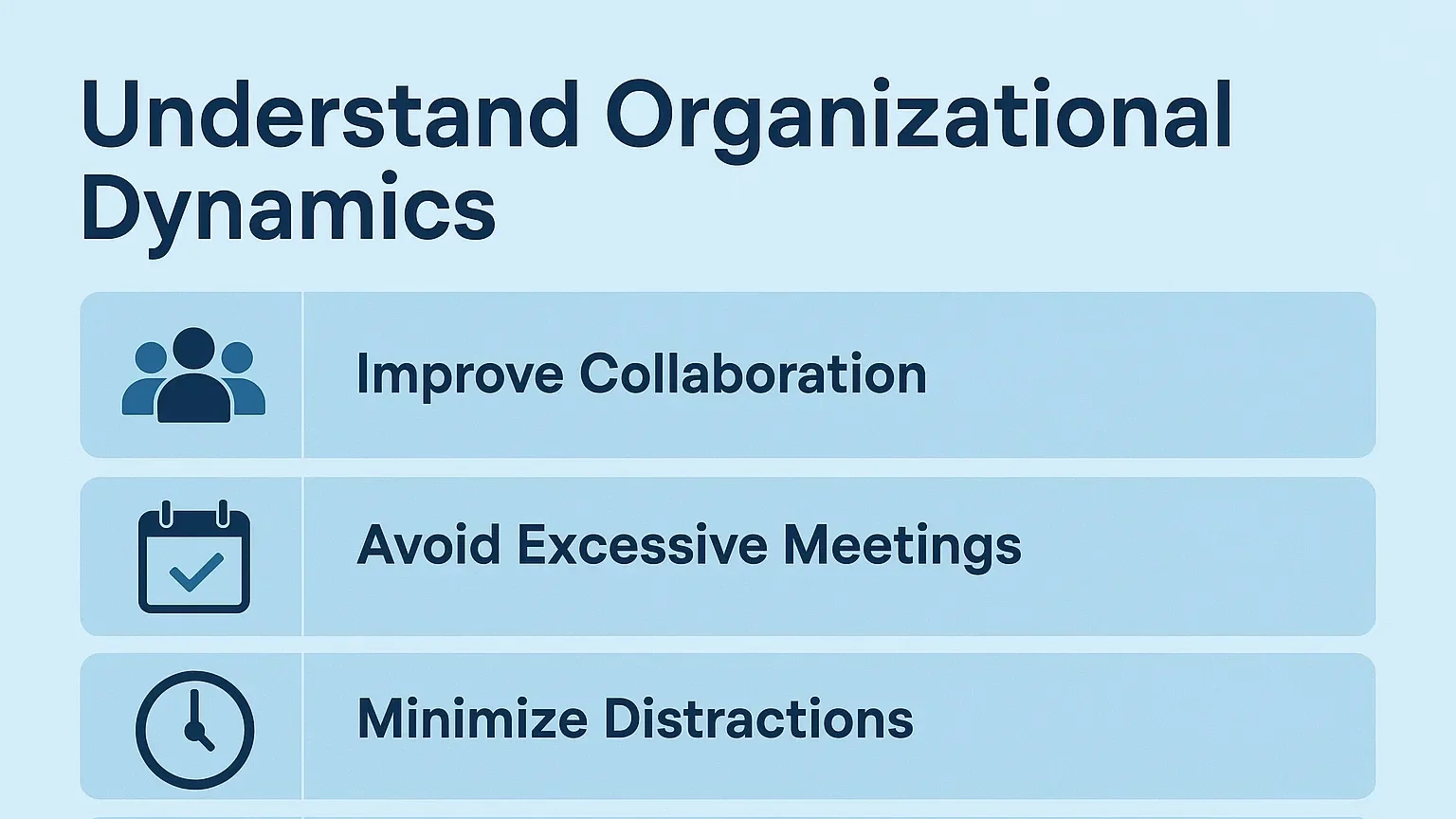Disclaimer: The information provided in this article is for general informational purposes only and does not constitute professional, financial, or career advice. Readers are encouraged to consider their unique circumstances and consult with a qualified professional before making any workplace or leadership decisions.
Every year, the number of teams worldwide increases, with many scattered across different countries. At the same time, power is not always distributed equally. It may be that the manager does not have direct control over their team, and such a person needs to be able to manage the team and serve as a leader. What is influence without authority? Let’s learn the definition and ways to become an effective leader.
Leadership at work plays a key role in the success of any organization. A good manager builds a strong team in an atmosphere of trust and cooperation. It is essential to understand that effective leadership begins with the ability to find and hire the best specialists, from whom the manager can also learn a lot. A good leader constantly pays attention to the process of recruiting talent, since the result of the work depends on the team. This expands the manager’s ability to formal authority. When teams comprise highly competent and motivated members, the success rate of achieving high project results and successful implementations increases.
What is Influencing Without Authority?

The capacity to persuade others and reach conclusions without having official authority or control over a group of people is known as “influencing without authority.” This is especially true for leaders working in global companies, where teams may be dispersed across different geographies and cultures. This is not about situations where a manager has absolute authority over people below them or about military-style subordination. Instead, we’re talking about a critical skill for any leader who wants to effect real change and inspire others. It involves leading and motivating people without relying on formal authority or a specific title. Making your coworkers squirm as soon as you enter the office is not your goal as a manager of a cross-functional team and a leader.
I used to work as an analyst in an IT company, which was the beginning of my career. My boss assigned me the task of leading a project without officially being a manager. Since I am one of those people who first read 20 books on team management and only then started managing a team, I first familiarized myself with the statistics. I especially recall the data from the Project Management Institute, which indicates that approximately 56% of the funds allocated for projects are lost due to ineffective communication. I was horrified, that is, that this plan would lose half of the funds if I couldn’t simply open my mouth and politely communicate with colleagues. So I focused on building trust. Yes, I had to put a lot of effort into adapting my communication style to each team member, but it was worth it. I inspired colleagues with a common goal, and as a result, this plan was completed ahead of schedule. I have an experience that I can draw on for this article.
Benefits of Influencing Without Authority
The position of leadership primarily encourages impactful collaboration. Your colleagues will be ready to communicate openly with you, help one another, and share their experiences. In such a team, there is mutual respect and trust, and team members are more likely to share ideas and valuable insights. Such conditions within the team enable employees to feel like an integral part of the organization, motivating them to take on greater responsibility and be more productive. The atmosphere is better than in a company where there is an immediate manager who only gives orders. People who lead without authority can adapt to different personalities, cultures, and work styles. This is especially valuable in global cross-functional teams and diverse environments. This is also very important in the creative field.
How to Influence Without Authority in the Workplace

1. Build Credibility Through Expertise
You make others follow your lead if you are an expert in your industry. You can influence without having any formal authority. The opinion of a team lead who lacks expertise and a thorough understanding of the relevant subject is unlikely to be heard. Who requires it? Consider this scenario, though: people are more inclined to trust and emulate a colleague who demonstrates the expertise, experience, and knowledge needed to solve issues. Consider finding a mentor, exploring topics relevant to your work, attending training sessions, and staying informed about industry developments. The moment other employees feel that they can rely on you and your experience in any situation, they will turn to you as a successful leader and will support your initiatives. You will inspire others to follow in your footsteps. No matter what your job title is, or whether you have formal authority over them. It will help you reach your goals.
If you want to get things done, set tasks clearly; it is one of the key features of an expert. When you ask your team members to take on additional responsibilities, it can be a big ask. A clearly defined task, on the contrary, motivates a person to do it and get a dose of dopamine from the “checkmark”. And you get the job well done. The very way the task is set is also important; don’t do it in a position of authority. In this case, the wording should be much softer and, perhaps, even presented as a request with an explanation of why it is so vital. Correctly setting deadlines for monitoring the intermediate result significantly reduces risk and eliminates unnecessary contact, even with the most unsociable employee.
If you’re interested in developing leadership skills in a flexible setting, you might want to explore a Remote scrum master job opportunity to apply these techniques in action.
2. Leverage Relationships and Allies

Remember that your given managerial responsibilities include building relationships and trust between colleagues. Treat others the way you want to be treated. It’s a trivial skill for any leader, but it works. And if employees work on several projects at the same time, they will compare you with other project managers, and guess whose tasks they will be more pleased to spend such a limited resource as time on?
Take every opportunity to praise colleagues and note their successes within your organization. You can use a kind word, and every employee, even the most unsociable, will feel better. And don’t forget to copy the employee’s immediate supervisor or otherwise notify them; it shows double loyalty. According to Gallup, employees who are recognized for their work are 29% more engaged, so when my employees start to listen to me poorly, I don’t scold them. On the contrary, I start praising them for every action, and I do it completely sincerely. This simple action increases my employees’ motivation by an estimated 40%.
Consider the personal characteristics of employees; remember that each employee is an individual, and try to adapt to their unique needs. Someone who works with you needs to be assigned a task and a deadline and then left alone. With someone, you need to discuss children or vacations, and with someone else, career growth after the project. This is not always possible in large projects, but it is worth trying at least.
3. Understand Organizational Dynamics

Improve collabo. Don’t waste your employees’ time, but maintain a steady management rhythm; endless meetings and requests are unlikely to make already busy people happier. So designate the minimum necessary time for common events and minimize other distractions from work. At the same time, participation in the allocated time and other regular activities (for example, reporting) must be strictly controlled and insisted on to maintain the “pulse” of the project.
It would also be prudent to consider the specifics of employees’ work schedules and not expect the accountant to remember your name during the quarterly closing or when generating a budget. Even if you insist on holding authority yourself, there will still be no sense, and you will ruin the relationship. Do you need that?
Involve employees in the project. This small change could help employees perform the work thoughtfully, rather than mechanically, and understand its value to the company and the industry as a whole. “Create a nomenclature for instant automatic ordering of missing aircraft parts so that flights are not delayed for a minute” sounds better than “fill 75,000 cards of aviation materials”, right? To do the work well, people need to understand why it is required. As Dale Carnegie said, “The only way to get people to do anything is to make them want to do it,” and he wrote the famous book, ‘How to Win Friends and Influence People’, so you can trust him. It is also crucial for those founding a startup and bringing on new team members. Ideally, the employee should also understand what the specific deadlines mean for the task and not perceive the plan manager as “a tyrant who always needs everything yesterday.”
4. Listen and Address Resistance
At work, it may be easier if you understand that it isn’t just about convincing others to follow your lead; it’s also about actively listening and addressing any resistance that may arise. Each team member has a unique perspective. If you are tasked with leading a project, it is essential to listen to the concerns of others genuinely. That is how team leaders can better understand underlying issues and demonstrate empathy. Create a comfortable working environment where employees feel confident in approaching you or a colleague with a problem, suggesting changes or improvements to the task, and know that their concerns will be taken seriously and addressed.
Radiate positivity, and an eternally whining project manager does not create any desire to call such a coworker a leader. In general, it does not evoke any desire to contact this person again, regardless of the outcome, success, or failure. The task of the plan manager is to inspire employees to persevere through the thorns to the stars, and it is better to be honest with a psychologist during an appointment.
Regularly analyze how you interact with employees. Sometimes, an outside perspective is invaluable from your manager, another project manager, or a team member with whom you have developed a trusting relationship. Otherwise, it will be like in the dialogue: “You lack soft skills. What the hell is this? That’s what I’m talking about.”
Practical Strategies to Influence Without Authority
- While creating a schedule, leave some time for reflection. You need to develop relationships with your team members, so schedule a time in your calendar to truly get to know them.
- Don’t air your grievances with a colleague in public. If a coworker makes a mistake, have a private conversation to find the cause and work together to resolve it. Always remain open and honest; in this case, your colleague will be inclined to listen to you.
- Emotional intelligence refers to key characteristics of an effective leader. Use it to understand the feelings and perspectives of others. Show concern when you see a coworker who is sick and struggling to work today. Listen to the employee if they have approached you with a problem and let them know that you will do your best to handle it.
- If nothing works and your team is upset, try team building. It’s a great way to get to know your coworkers better, understand their personalities and motivations, and just have fun. It will influence the organization. If you have a remote work team, online quizzes are an excellent way to assess their performance. You can also observe your coworkers and see their strengths that are useful to the cause, as well as weaknesses that can be strengthened.
Overcoming Challenges in Influencing Without Authority
The ability to influence people without authority comes with its own set of challenges. First of all, you will often encounter resistance, especially if you are new to the team and lack authority over your colleagues. If you are tasked with leading, it is essential to be patient and understanding, focus on listening to concerns, and offering solutions. Be gentle, but consistently demonstrate the arguments of your point of view to your opponents. Treat any objections with understanding and constructive dialogue.
In any, even the most close-knit team, conflicts are possible. It’s always best to make it clear to your team that your goal is not to prove yourself right, but to find solutions that will benefit all participants. Unleash all your patience. Identify common ground with your colleagues, explain how your point of view will help the common cause, and in many cases, it will be enough to convince your opponents.
In global teams or large organisations with diverse cultures, it may require exceptional sensitivity and tact. If you communicate with people from different countries, pay special attention to learning about their culture. This is critical for any leader to be able to adapt their communication style to the various preferences of their colleagues and sound familiar. This may be challenging and unfamiliar, but it will help you gain respect.
Conclusion
In general, as you understand, direct influence as well as management without authority is quite a quest, requiring time, patience, and an excellent social skill set. Follow our directions and combine powerful techniques from our article, and then authority will follow.












